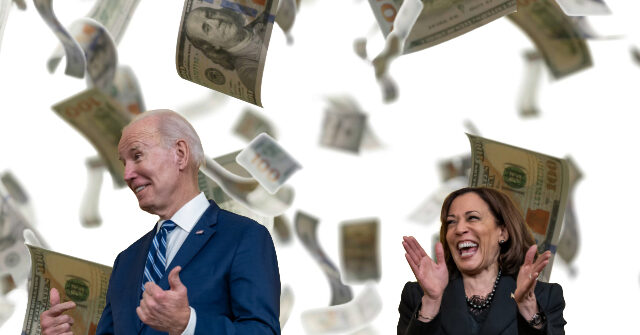In a recent interview with CNN’s “Axe Files” podcast, U.S. Treasury Secretary Janet Yellen discussed the complex factors contributing to inflation in the current economic landscape. Alongside her insight into governmental actions, such as the American Rescue Plan, Yellen emphasized that while this financial stimulus did increase demand, the root causes of inflation were more deeply tied to supply chain disruptions stemming from the pandemic. The interview highlighted how significant supply shocks, particularly in the automotive industry due to semiconductor shortages, alongside widespread factory shutdowns, played a critical role in exacerbating inflationary pressures.
Yellen clarified her stance by noting that the inflationary effects observed cannot be solely attributed to the increased demand following government support. She insisted that a multitude of supply disturbances—most notably, factory closures in key manufacturing hubs like China and significant delays in port operations—resulted in a bottleneck that severely impacted the availability of goods. These supply constraints, coupled with a drastic shift in consumer spending patterns from services to goods during the pandemic, manifested as rising prices, illustrating the unique and challenging economic situation the United States currently faces.
In discussing the American Rescue Plan, Yellen acknowledged that the plan successfully provided financial support to households and businesses. However, she indicated that this increase in disposable income coincided with periods when supply chains were under immense strain, amplifying the imbalance between what consumers were willing to buy and what was available in the market. The implication here is that while the rescue aid was necessary for sustaining economic activity during the pandemic, the timing and conditions of its implementation accentuated existing supply issues, contributing to the inflationary trend.
Yellen also highlighted persistent economic issues pre-dating the pandemic that have been aggravated by the crisis. Healthcare and childcare costs have shown a steady upward trend for years, a situation further complicated by the pandemic’s impact on these sectors. She pointed out that access to affordable housing has become increasingly constrained, with shortages exacerbated further by the economic fallout from COVID-19. This indicates that inflation is not only a result of pandemic-related circumstances but is also rooted in longer-term structural issues within various sectors of the economy.
Moreover, Yellen’s remarks underscore a critical understanding of the intersection between demand and supply in economic theory—the phenomena of inflation often require a nuanced examination of various contributing factors rather than a simplistic cause-and-effect analysis. The unique convergence of events due to the pandemic has created a scenario where both demand side stimuli (government spending) and supply side constraints (production halts and shipping delays) need to be addressed to formulate an effective economic response.
In conclusion, Yellen’s comments serve to clarify the multifaceted nature of the inflation issue currently faced in the U.S. economy. By framing the discussion around the interplay between demand increases precipitated by government interventions and significant supply disruptions, she articulates a comprehensive understanding of modern inflation that transcends simplistic narratives. As policymakers grapple with managing these economic challenges, Yellen’s perspective highlights the importance of addressing long-standing structural economic problems while recognizing the distinct and temporary impacts of the pandemic on both demand and supply.

